Customizing your ride with aftermarket wheels and tires is a fun way to make your car or truck your own. If you’re shopping around, it helps to have a basic understanding of wheel offset.
Proper offset assures your new package has enough clearance so nothing rubs against the suspension, brakes or vehicle body (like fenders, bumpers and mud flaps).
It’s also important for driving safety, since the wrong offset can reduce vehicle stability or interfere with braking.
Offset refers to how your car’s or truck’s wheels and tires are mounted and sit in the wheel wells.
Backspacing is the distance your wheels and tires need to accommodate both offset and wheel width. It’s especially important to factor in when the new package you want is wider than what came on your vehicle.
Getting offset and backspacing measurements right means you’ll get a wheel and tire package that offers the looks, handling and performance you’re after.
Getting them wrong can mean big problems.
Proper wheel offset example: +43mm offset, wheel size 19" x 8.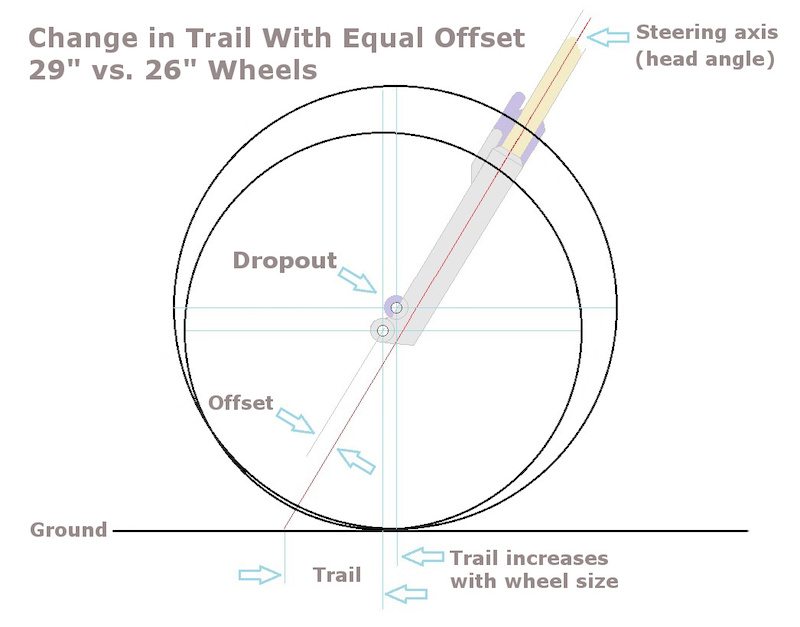 5", 225/35R19 Toyo Proxes 4 Plus tires
5", 225/35R19 Toyo Proxes 4 Plus tires
Want to see some options that will fit your vehicle? Browse wheels suited for your make and model.
Important Notice: The information provided above is of a general nature gathered from a variety of resources deemed reasonably reliable.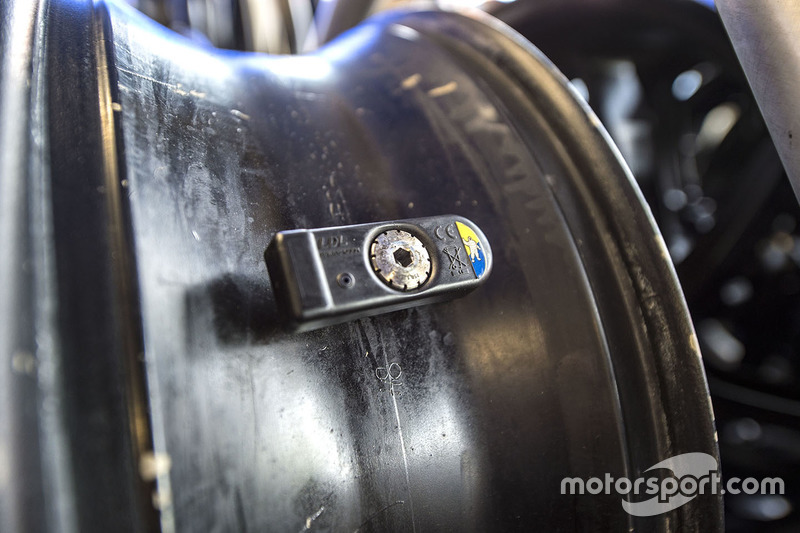 The operation of your vehicle, or the repair or replacement of your vehicle’s equipment, may be different than for a typical vehicle. Please consult your owner's manual for specific warnings, notices, and other advice relative to the subjects addressed herein.
The operation of your vehicle, or the repair or replacement of your vehicle’s equipment, may be different than for a typical vehicle. Please consult your owner's manual for specific warnings, notices, and other advice relative to the subjects addressed herein.
Learn More
If you’re planning to upgrade the wheels on your car, there’s a concept you should know about — wheel offset and backspacing.
Offset and backspacing are essentially two different ways of looking at the same thing. They are measurements that determine how far in or out your wheels will sit when they’re bolted on to your hubs.
Understanding these measurements will help you to avoid fitment and clearance related problems when you’re shopping for new wheels. In this article, we’ll explain what offset is, how it’s important, and everything you need to know before changing it.
Wheel offset represents the distance between the centerline of the wheel and the surface where it mounts to your hub.
It’s important to install wheels with the right offset so that they don’t rub against your fenders, brake calipers, and / or suspension components.
Rim offset can either be positive, negative, or zero. Here’s how the three types differ:
To visualize this, look at a wheel from the top and picture an imaginary line that represents its inner mounting surface. Now, if this line is visibly in the center of the rim, it means that the wheel has zero offset.
If you look at a positive offset rim from the top, you’ll notice that the imaginary line moves towards the street side and appears offset from the center; think asymmetric.
On a negative offset rim, you’ll notice that the line moves inside towards the suspension components. “deep dish rims” will ring a few bells here.
“deep dish rims” will ring a few bells here.
Here’s an example to make things easier.
+40 offset means that the mounting point of your wheel is 40 mm away from the centerline, towards the street side. Most vehicles come with a factory offset of about +12 to +20.
In this case, assuming that your original offset was zero, if you switch to a +40 offset rim, your wheel will be tucked in by 40 mm. The same applies to negative offset wheels.
-10 offset means that the mounting surface of your wheel is 10 mm away from the centerline, towards the inside. So if you switch from a zero offset wheel to a -10 offset wheel, it’ll pop out by 10 mm.
Rim offset is not something that should be changed or messed around with unless you’re going after a very specific result. There are many reasons why you’d want to go for negative, positive, or zero offset wheels.
Car guys change their offset usually when they’re switching to a new set of wheels.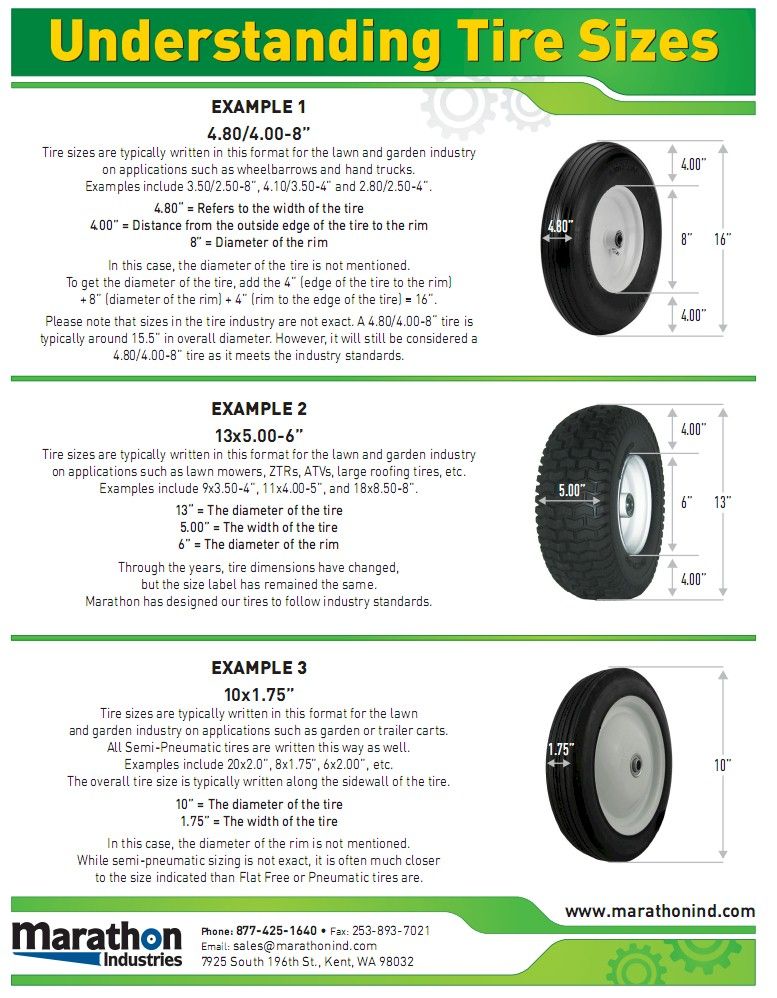 It is done in order for a certain type of wheel to fit properly. The two main goals include:
It is done in order for a certain type of wheel to fit properly. The two main goals include:
When you’re shopping for a new set of rims, you’ll notice that the same options are available with different offsets to choose from.
The main question is, what measurement would you choose, and why? The answer depends on whether you’re looking for form or function.
Remember, negative offset pushes your wheels outwards. Apart from better looking wheel fitment, the main reasons why you’d want to do this include:
Your car’s wheelbase and track are major determinants of how it’s going to handle. Even small changes in these two measurements can make or break your driving experience.
Wheelbase is the distance between the two wheels on the front and rear axle; it impacts the length of the car. Track, on the other hand, is the distance between the centerline of two wheels on the same axle (side-to-side).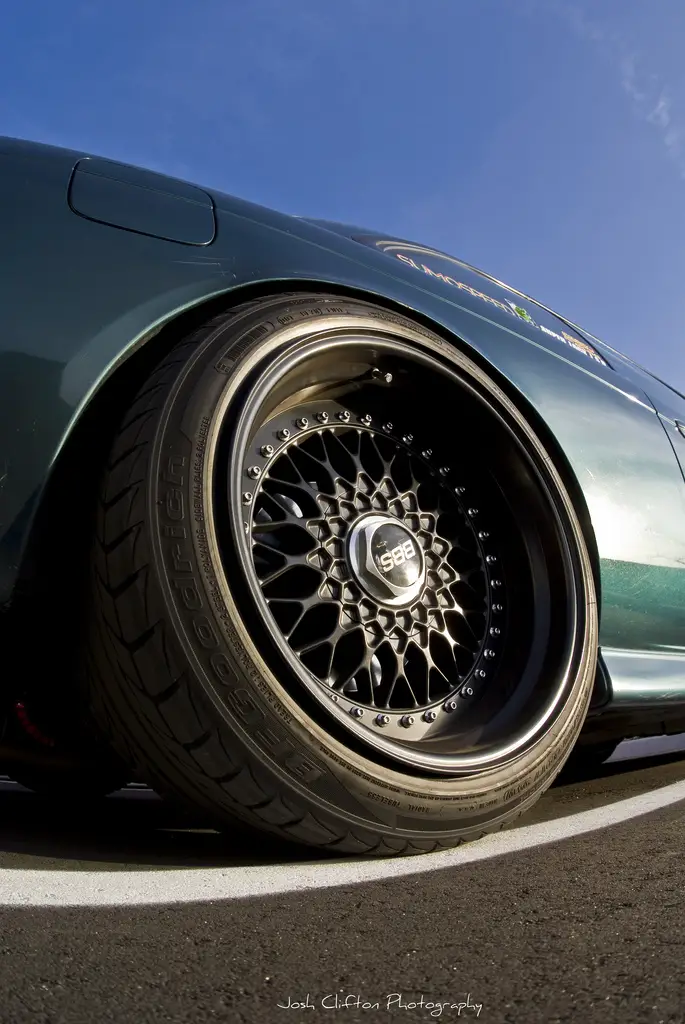 Track impacts the width of the car.
Track impacts the width of the car.
Using negative offset wheels will instantly give your car a wider track; this can be either good or bad depending on what you plan on doing with it. If you take it to the track often, this could be a good thing. However, you need to consider what you’re gaining and giving up at the same time.
Wider wheel track will give you better stability while cornering at the expense of reduced feedback. Steering feel is an important factor that brings about a certain intuitiveness when driving at the limit; it allows your hands to let your brain know what the wheels are doing.
If you’ve ever wondered why race cars use widebody kits, it’s to run wider, negative offset wheels to give them more track.That said, while you have more grip, you won’t know exactly when the wheels are about to lose traction if such a situation might occur. Many early model Porsches are plagued with this issue, resulting in snap oversteer.
Interestingly however, the same rules change slightly when it comes to off road vehicles.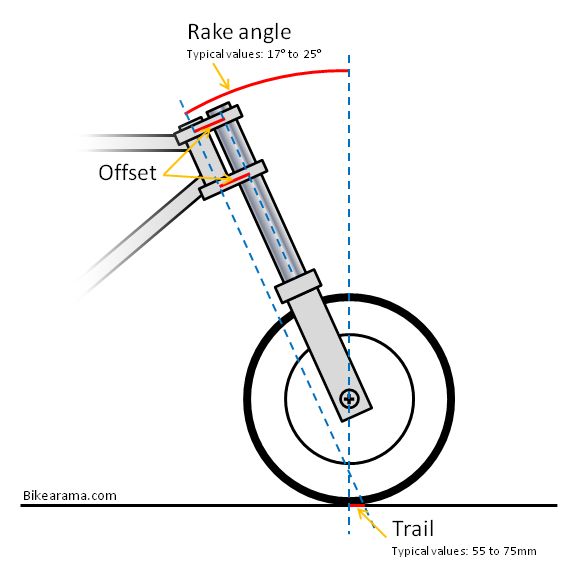 Widening your track using negative offset rims will push the tyre sidewalls outwards, allowing them to grip better on slushy and rugged terrain.
Widening your track using negative offset rims will push the tyre sidewalls outwards, allowing them to grip better on slushy and rugged terrain.
If you’re a hard parker who’s heavily influenced by the stance scene, negative offset wheels are going to put an ear to ear grin on your face. Tastefully installed deep dish rims look pretty sick, and they’ll significantly improve the stance of your car.
This goes hand in hand with what we discussed in this guide to camber. When it comes to modifications that are just for cosmetic purposes, some people will love it, others will hate it. Do what feels right for you.
While changing your offset, think of it as fine tuning; even a few millimeters could make a night and day difference.
Excessive negative offset can do more harm than good. Common issues include:
The wider your track, the more leverage you’re putting on your axle, bearings, hubs, and driveline — especially if you’re carrying a lot of weight.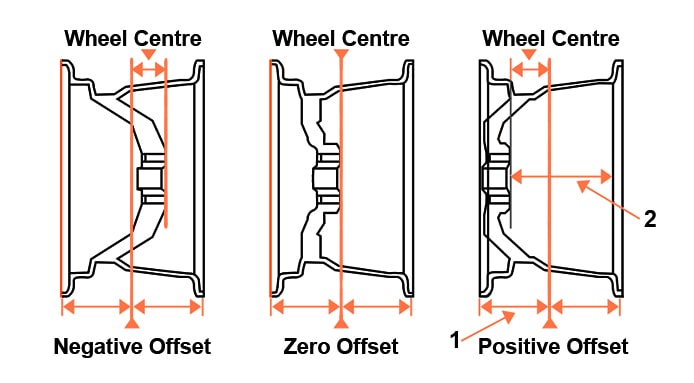
Most manufacturers select their bearings and wheel hub capacities based on the factory wheels. When you lower your offset, invest in more frequent inspection of ball joints, king pins, and bearings depending on what you have.
If, for whatever reason, you must have a lot of negative offset, we recommend upgrading your axle, hub and bearings to mitigate the excess stress.
When your wheels pop out wider than they’re supposed to, your front wheels will most likely rub against your fenders when they’re turned lock to lock.
To avoid rubbing on your fenders, you may need to buy a fender rolling tool to fold the lip up, or pull the fender outwards.To solve this problem, you can roll your fenders and stretch your tires to get a better fit. This doesn’t always get rid of 100% of rubbing however.
Positive offset is responsible for tucking your wheels inward. Unlike negative offset, positive offset is safer and is generally preferred by most car manufacturers.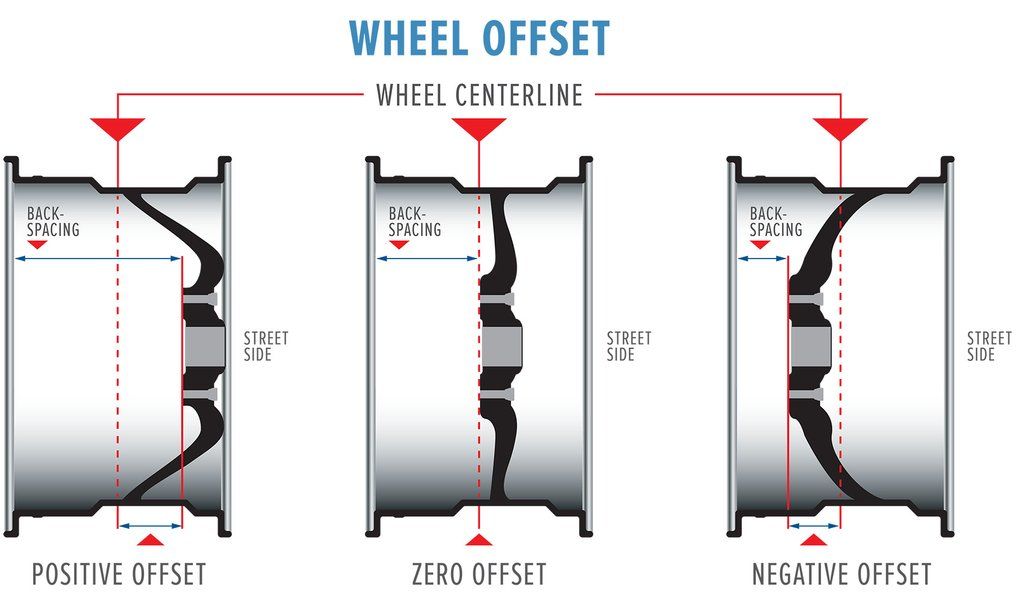 Advantages include:
Advantages include:
This advantage is applicable mostly for off road vehicles that have ample clearance inside the wheel well. If you want to fit wider tires without having them stick out, positive offset rims will allow you to do just that.
4×4 owners will often choose positive offset wheels to avoid clearance issues.In our wheel camber article, we discussed essential JDM wheel styling guidelines.
If you want your wheels to tuck nicely inside your fenders, known as “Tsuraichi”, you’ll likely need higher offset wheels to achieve this.
Sometimes, when you fit wider tires in the front, you’ll notice that they rub against the fender. To avoid this, you can use positive offset rims.
Do remember that all calculations need to be done before you purchase your desired set of wheels and tires.
Clearance issues are the only major downside of positive offset wheels.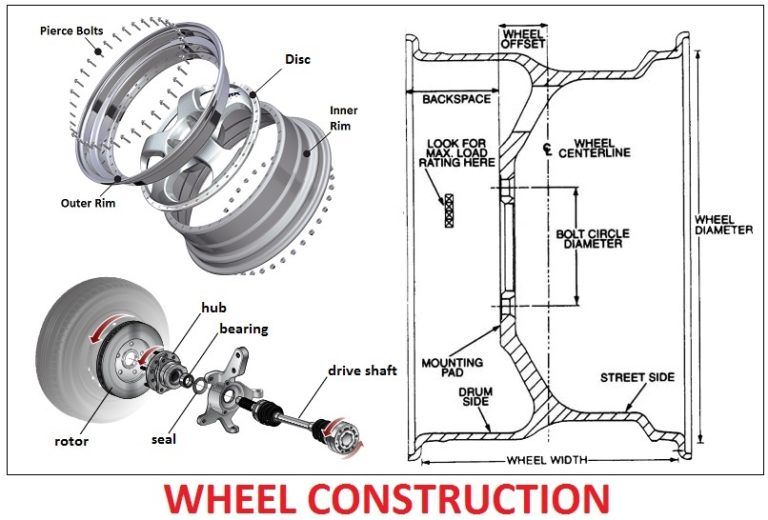 If you have enough room in your wheel cavity, then you can enjoy the advantages of positive offset.
If you have enough room in your wheel cavity, then you can enjoy the advantages of positive offset.
If you’re low on space however, you might experience the following problems…
Before making any changes to your wheel setup, it is vital to account for the wheel’s entire movement spectrum. This includes sideways movement while turning, and vertical movement when going over bumps.
If you fail to do this and install positive offset wheels, you might end up with expensive damage from the edge of the wheel and tire rubbing against your suspension components.
If your brake caliper is dangerously close to your rim, chances are that you’ll face clearance issues.
0.3 mm might seem like enough clearance to most enthusiasts, however you need to account for the fact that your rim will flex quite a bit when banking through hard corners, and that your calipers will expand due to excessive heat build-up.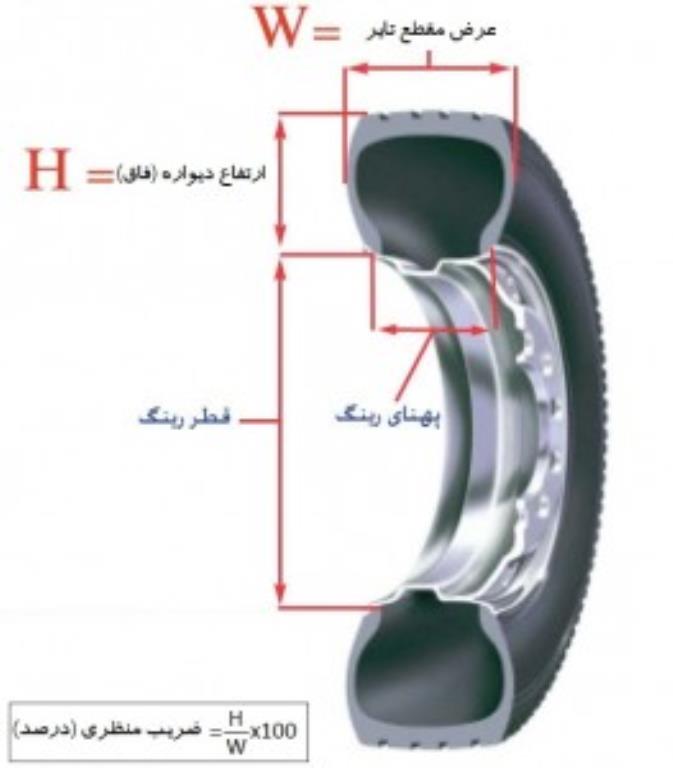
The last thing you want in this scenario is for your brakes to get damaged by the wheel.
As mentioned above, your suspension components, brake calipers, and tires are at risk if you install positive offset wheels without having enough clearance.
The worst case scenario when it comes to tires is that they can tear up due to excessive rubbing.
Offset and backspacing are two different ways of measuring how a wheel will mount on your car and whether or not it’s going to leave room for other components.
While they basically measure the same thing, the two are very different and need to be considered as two separate measurements.
Here’s a clear explanation of the difference between wheel offset and backspacing:
Lower backspacing (negative offset) = More wheel clearance on the inside
Higher backspacing (positive offset) = Reduced wheel clearance on the inside
It is important to know this especially if you have any mods that might cause clearance problems with your wheels or tires when they’re pointed straight or turned either right or left at full lock-to-lock.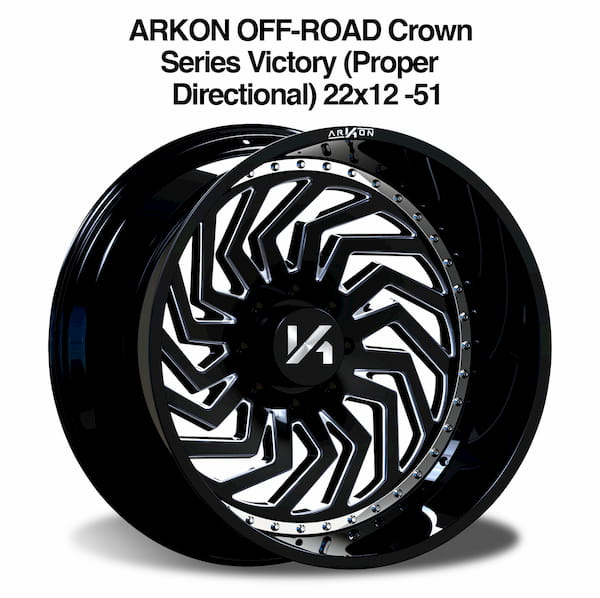
You may find it helpful to look at this image from earlier in this article again.
Most OEM and aftermarket wheels have a sticker or a laser etched print that mentions the offset. Oftentimes however, they just don’t mention it on the rim.
Suppose you get a sweet deal on a used set of wheels and you have no idea what the offset is, you can easily measure wheel size using a straight edge, a ruler, and a calculator.
Here’s what you need to do:
 The vertical ruler will measure from the floor to the outer edge of the rim where the horizontal straight edge is placed. The measurement you get is the full width of the wheel. Let’s call it W.
The vertical ruler will measure from the floor to the outer edge of the rim where the horizontal straight edge is placed. The measurement you get is the full width of the wheel. Let’s call it W.For example,
Wheel Width (W) = 244 mm
Centerline (C) = 122 mm
Backspacing (B) = 175 mm
Offset = Centerline – Backspacing
So in this case, offset (O) = 175 – 122 = +53
Before making any changes to your wheels, even if it’s as small as 10 mm, you need to know that these changes will impact your car’s scrub radius.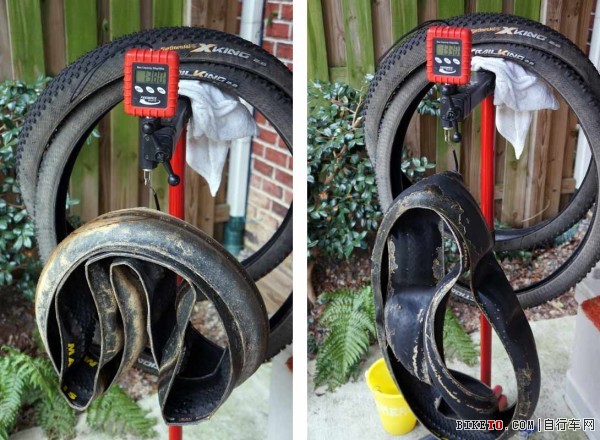
If the change is not suitable for your suspension geometry, it can potentially end up making your car drive worse than it did before.
Even the slightest changes in offset, and scrub radius as a result, can make an enormous difference to the way a car turns, accelerates, and brakes.
To understand scrub radius, picture two imaginary lines, one represents the steering axis, and the other represents the wheel centerline. Inevitably, these two lines will intersect at some point.
If they do so below the tire contact patch (below the road surface), then you have a positive scrub radius. If they intersect above the contact patch, you have a negative scrub radius.
Here’s how this can impact your drivability.
Positive Scrub Radius: Steering effort increases because the wheel has to scrub around a larger contact patch. Torque steer sets in and a considerable amount of kickback is felt. The main advantage is improved feedback and road feel.
Negative Scrub Radius: Most front wheel drive cars use negative scrub radius. It’s like the best of both worlds; you’ll experience a moderate amount of steering effort, torque steer and kickback at the expense of lowered road feel.
It’s like the best of both worlds; you’ll experience a moderate amount of steering effort, torque steer and kickback at the expense of lowered road feel.
Zero Scrub Radius: Car steers easily and has little to no steering kickback when driving over bumps. This happens at the expense of lost road feel and directional instability while cornering.
You’re probably thinking that all three sound bad, and they do, on paper at least. In reality, every car and driving application demands a different amount of scrub radius.
For example, track-focused cars use a lot of scrub. This is fine as long as you don’t drive over a bed of rocks.
We cannot list the effects of offset and scrub radius change on all types of cars and suspension assemblies; there are too many permutations and combinations out there.
So before you change your offset, we strongly recommend considering its impact on your suspension geometry. Be certain that you aren’t damaging your suspension, or worse, making your car unsafe to drive.
It’s often debated whether wheel spacers and lower offset rims are interchangeable. The topic is worth discussing because spacers are insanely cheap compared to rims.
For example, a 10 mm spacer, and a rim which has 10 mm lower offset than your stock wheel will effectively do the same thing — push your wheel out by 10mm.
However, the two should not be thought of as interchangeable parts. Spacers have a specific purpose; they’re perfect if you want an existing set of wheels to sit much nicer.
Without spacers, some aftermarket rims can sit too far in. Adding a spacer to your new wheels can give you the look you’re after, without having to break the bank.
The main downside of wheel spacers is that they might induce some amount of wheel play; especially if they’re bad quality or poorly fitted.
At the end of the day, it’s your car, and you can do whatever you want with it. Our main recommendation is that you know exactly what you’re getting into before you reach a point where there’s no going back.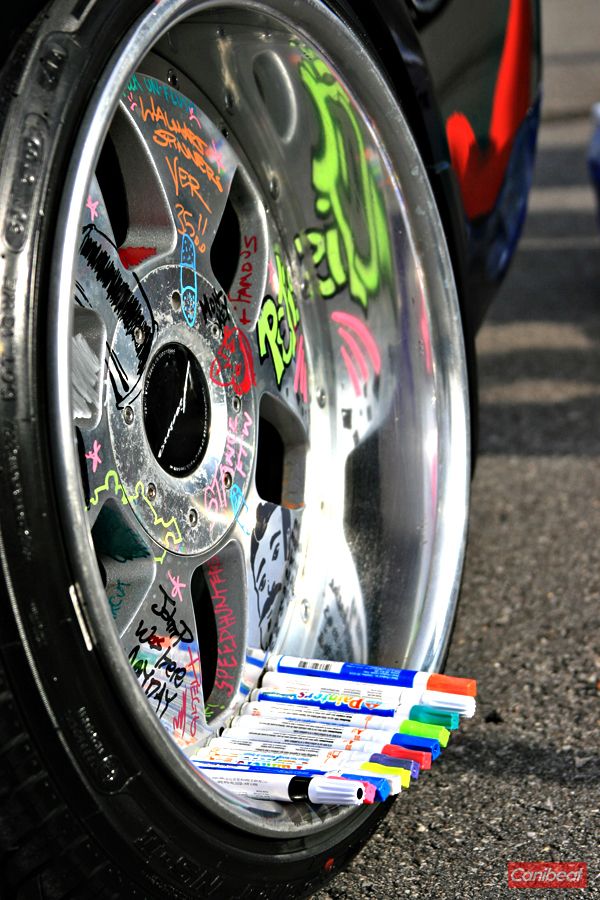
Simply knowing your stuff can save you a lot of unnecessary repair costs. Now that you know what offset is, what exactly it does, and why you might change it, you’ll be in a much better place to make a well calculated decision.
What wheels are you running? Would you rather install spacers and call it a day, or spring for a set of wheels in the perfect size? Let us know by dropping a comment below.
Dear friends! Two years ago, I wrote an article called "Tire Grip Isn't Affected by Contact Patch Area?" and it got a lot of public backlash. The article is still on the blog, and there are a lot of comments, questions, disputes, and reasoning on its page. Someone, after reading, thanked me for debunking myths and a simple, accessible explanation of the physics of the process. Someone, on the contrary, criticized my arguments and arguments for being too simplistic and limited.
In the two years that have passed since the writing of this article, I have participated in many discussions on this topic, got acquainted with new literature, talked with other physicists (I myself am also a physicist by profession), racers and rethought something.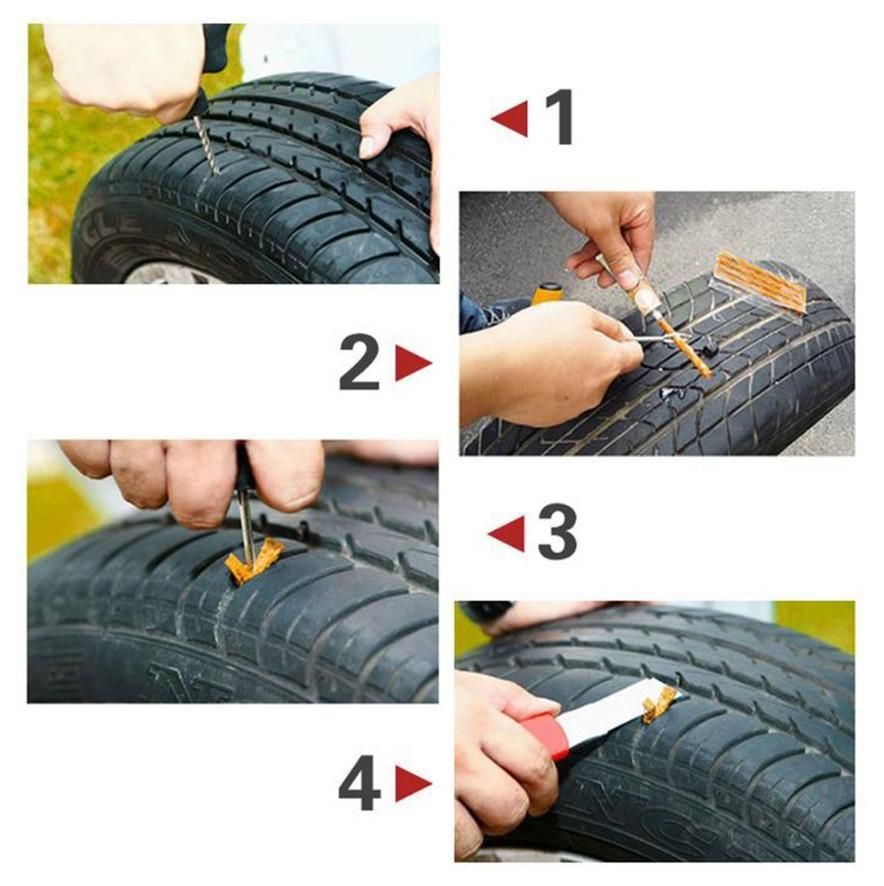 The essence of my thoughts has not changed, they have become more systematized and the wording has changed. Here I will present them below. Go.
The essence of my thoughts has not changed, they have become more systematized and the wording has changed. Here I will present them below. Go.
Back to school physics again. Let me remind you that school physics and classical mechanics quite accurately describe everyday phenomena. As long as it doesn't involve very small scales or relativistic speeds, classical mechanics works great. Moreover, no matter what scientific works on tire grip I looked into, I saw in them a lot of terrible furious formulas, integrals, series, but in the end it all came down to one simple school formula, which is called the Amonton-Coulomb law:
F = µn = µmg (1)
where µ is the clutch coefficient, n is the force that presses one body to the other (in this case, the weight of the tire plus the weight of the car that comes to this tire), m is the mass body (tire and part of the car falling on this tire), g is the free fall acceleration.
That is, the friction force is proportional to the force pressing one body against another, and the coefficient of friction is . In the simplest case, this force is weight and represents the force of gravity, that is, the product of the mass of the body and the acceleration of free fall. And then static friction force is proportional to the coefficient of friction, body mass and free fall acceleration .
The car moves due to the static friction force in the area of contact between the tire and the roadway, and not the rolling friction force, as is sometimes thought. The rolling friction force is a consequence of tire deformation. On the contrary, it slows down the movement of the car. And the contact patch of the tire with the road rests relative to the road in the case of tire rolling. Of course, during rolling, there are always tread elements in the contact patch that slip relative to the road, but in the case of a uniform rectilinear motion of the car, in the first approximation, they can be ignored and the friction force can be considered the static friction force, or it is also called the grip force of the tire with the road, and the coefficient static friction - the coefficient of adhesion. When braking, most of the tread elements can slide along the roadway. In this case, the rotation of the wheel (and hence the car) is retarded by the force of sliding friction. It should be noted that usually the force of sliding friction is less than the force of static friction.
When braking, most of the tread elements can slide along the roadway. In this case, the rotation of the wheel (and hence the car) is retarded by the force of sliding friction. It should be noted that usually the force of sliding friction is less than the force of static friction.
Now let's look at what is what in the Amonton-Coulomb formula. The free fall acceleration is constant, we exclude it from the discussion. The mass as a whole is also constant. Of course, the weight of the car is distributed between 4 tires, and when the speed and / or trajectory of movement change, the weight distribution can change significantly: some tires are unloaded, and some are additionally loaded.
The redistribution of the car's weight between the tires also indirectly affects their grip on the road. Say, when braking, the weight of the car is partially shifted from the rear axle to the front, therefore, the pressing force of the rear tires to the road decreases and therefore their adhesion to the road deteriorates.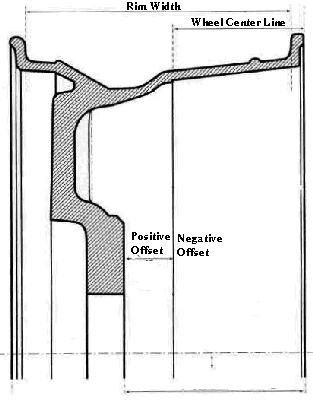 This increases the likelihood of the car skidding, but does not affect the stopping distance, because the traction of the front wheels with the road increases due to the redistributed load. If Porsche 9s slow down on the same tires11 and the Porsche Cayenne, the latter will have more weight shift from the rear tires to the front due to the higher height, and the Cayenne is more at risk of skidding. But the braking distance from this will not become less. The fact that the Cayenne is heavier also does not affect, read the article “Braking distance does not depend on the mass of the car?”. Turning the Cayenne will of course be worse than the 911 and at lower speeds - just because of the higher center of gravity and more weight shift and more roll.
This increases the likelihood of the car skidding, but does not affect the stopping distance, because the traction of the front wheels with the road increases due to the redistributed load. If Porsche 9s slow down on the same tires11 and the Porsche Cayenne, the latter will have more weight shift from the rear tires to the front due to the higher height, and the Cayenne is more at risk of skidding. But the braking distance from this will not become less. The fact that the Cayenne is heavier also does not affect, read the article “Braking distance does not depend on the mass of the car?”. Turning the Cayenne will of course be worse than the 911 and at lower speeds - just because of the higher center of gravity and more weight shift and more roll.
In addition, the way you drive affects weight distribution. With careful driving, when the driver avoids sharp turns, lane changes, accelerations and braking (read, the less the brake pedal is pressed or the steering wheel is turned at a smaller angle), the tire grip margin is maximum, that is, the tires are “as far as possible” from the transition to a state of full slip and, as a result, driving as safely as possible.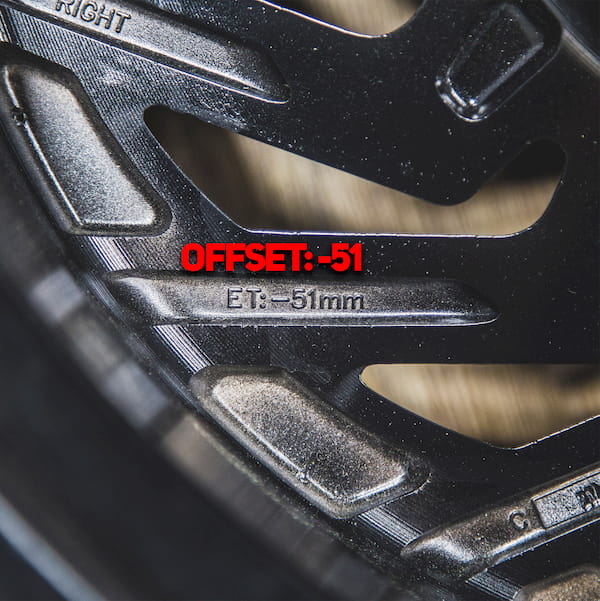 Secondly, the same movement of the pedals or the steering wheel can be done in different ways: quickly, sharply or progressively. A sharp pedal press or steering wheel turn will lead to a corresponding sharp redistribution of weight from one tire to another, and this is fraught with their breakdown into slip and departure from the trajectory of movement. The gradual action on the controls leads to an equally smooth redistribution of weight, which allows the tires to cling to the road without the risk of slipping and losing control or stability of the car. You can verify this in practice at driver training courses, for example, when performing the emergency obstacle avoidance exercise.
Secondly, the same movement of the pedals or the steering wheel can be done in different ways: quickly, sharply or progressively. A sharp pedal press or steering wheel turn will lead to a corresponding sharp redistribution of weight from one tire to another, and this is fraught with their breakdown into slip and departure from the trajectory of movement. The gradual action on the controls leads to an equally smooth redistribution of weight, which allows the tires to cling to the road without the risk of slipping and losing control or stability of the car. You can verify this in practice at driver training courses, for example, when performing the emergency obstacle avoidance exercise.
Practical Tips
1. If you want to drive safely on public roads and fast on the race track, move the controls (steering wheel, accelerator and brake pedals) smoothly and gradually.
Now let's talk about what in the tire itself affects its grip.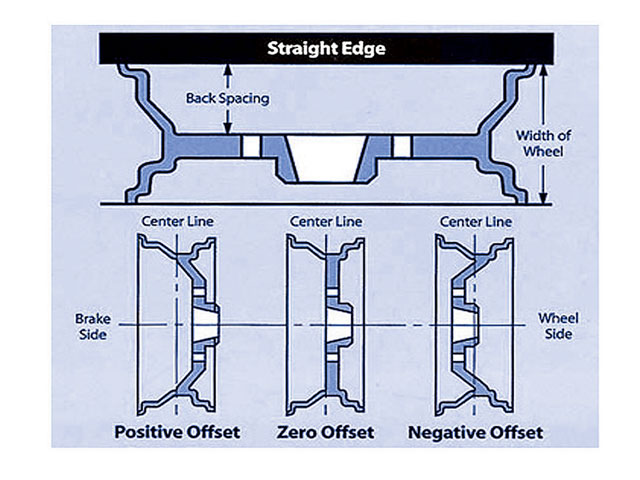
The last parameter in the Amonton-Coulomb friction force formula is the friction coefficient µ, which, first of all, depends on the nature of the contacting surfaces. The most telling example is that the adhesion of rubber to asphalt is much better than the same rubber to snow and even more so ice, despite the different friction mechanisms between the tire and these three coatings. And with the same road surface, the coefficient of adhesion will already depend on the composition of the rubber and the design of the tread. For example, on winter tires, a car holds a slippery road much better than on summer tires. And the main difference between winter and summer tires is precisely the different rubber composition and tread design.
And if you've ever watched Formula 1 on TV, you've probably heard about different types of tires and different compounds: "soft compound, extra soft compound, hard compound". This is what has a key effect on the coefficient of adhesion, even in Formula 1.
So what, everyone? Nothing else affects? And what, this coefficient of adhesion is constant? It does, and just because the friction coefficient is not constant and depends on some factors. But first, let me tell you about the notorious area of the contact patch.
Just in case, let me remind you what a contact patch is. Upon contact with a flat pavement, the ENTIRE tire deforms, collapsing and becoming flat in the contact area. This zone is called the contact patch. The contact patch has an area approximately equal to the size of the palm. People often think that the larger the contact patch, the better the tire's grip on the road. And many more people think that the wider the tire, the larger the contact patch area. Therefore, they think that the wider the tire, the better its grip on the road. Below I will talk about all this in order.
As can be seen from the Amonton-Coulomb formula, the area of the contact patch is not included in the friction force.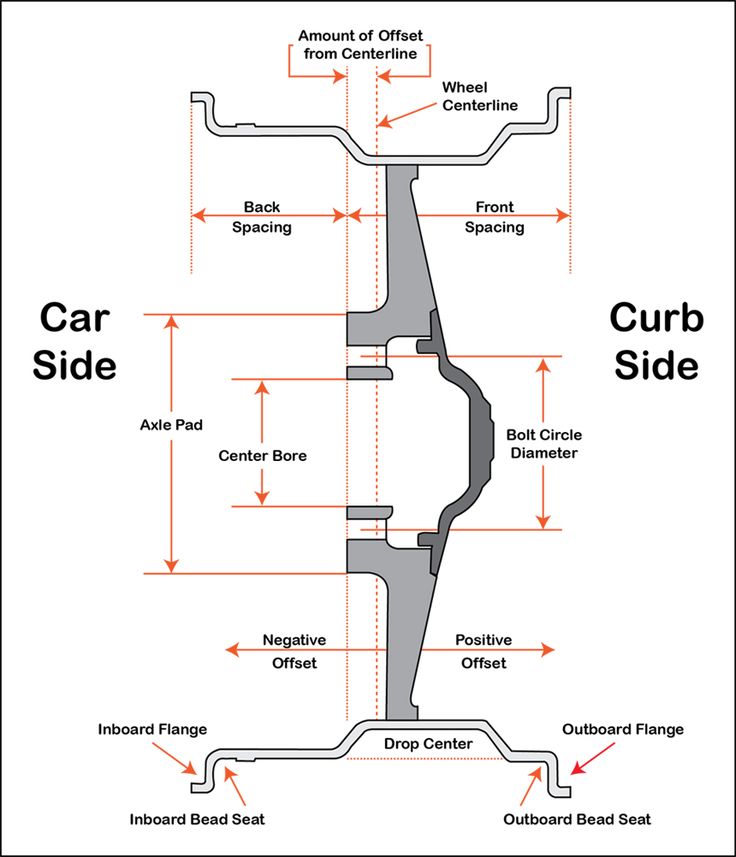 Why? Indeed, it would seem that the larger the area, the more elements of the tire are involved in the engagement and the greater the friction force. On the one hand, yes, but on the other hand, the larger the contact area, the less tire pressure on the road. It goes bash on bash, and the area does not play any role. Now I will explain the same thing in the language of physics.
Why? Indeed, it would seem that the larger the area, the more elements of the tire are involved in the engagement and the greater the friction force. On the one hand, yes, but on the other hand, the larger the contact area, the less tire pressure on the road. It goes bash on bash, and the area does not play any role. Now I will explain the same thing in the language of physics.
To make it clearer where the area has gone, the Amonton-Coulomb formula (1) can be rewritten differently, taking into account the area of the contact spot and reflecting the effect of the spot on pressure. It's simple: the pressure of the body on the support or, in our case, the tires on the asphalt is equal to the weight of the body (tire) divided by the contact area:
P = N/S = mg/S (2)
Then from here you can express weight through pressure:
N = PS (3)
Now, if you set this formula into the amonton-kulon law, we get:
F = µps (4)
Or, in layman's terms, the tire's grip on the road is proportional to the grip coefficient, tire pressure on the road, and contact patch area. This is exactly how grip strength is perceived by most people. But here the dog is buried - in that the pressure directly depends on the area of the contact patch and is inversely proportional to it. Formula (2) tells us about this. Substituting the expression for the pressure here, we get:
This is exactly how grip strength is perceived by most people. But here the dog is buried - in that the pressure directly depends on the area of the contact patch and is inversely proportional to it. Formula (2) tells us about this. Substituting the expression for the pressure here, we get:
F = µmgS/S (5)
Then we successfully reduce the area and we arrive at the Amonton-Coulomb law (1) and an adhesion force independent of the area of the contact patch .
Many intuitively believe that the friction mechanism of rubber is explained by adhesion - its sticking to the road surface: the larger the contact area, the greater the adhesion and the greater the grip. In this case, gluing, it seems, is not very dependent on the pressing force. Indeed, the same tape sticks to smooth, clean surfaces without any effort, providing excellent grip. The key word here is smooth, clean surfaces.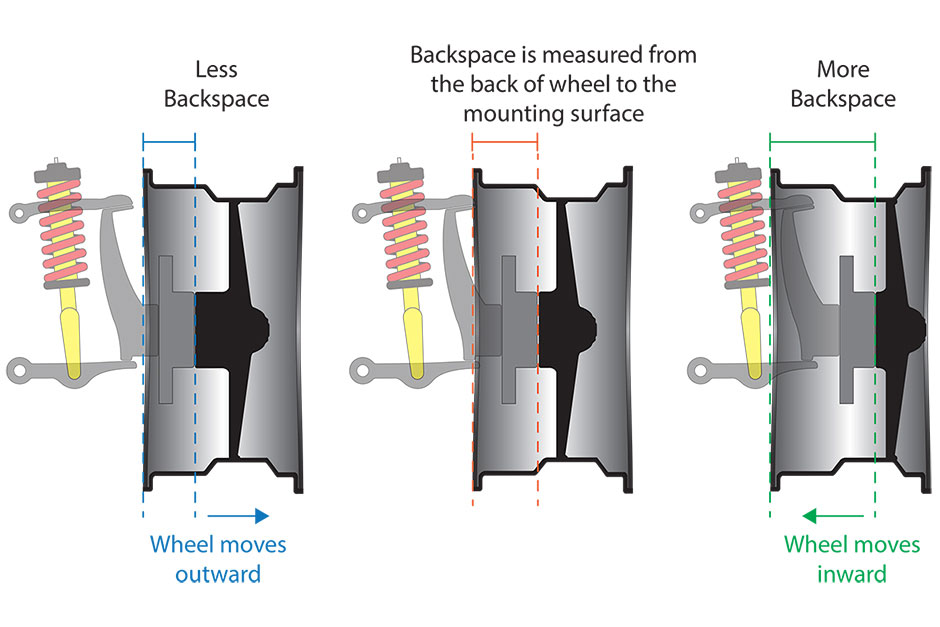 If the surface is rough and dirty, like asphalt, then the tape will hold much worse. This effect is the basis for the principle of protecting surfaces in an urban environment from sticking ads. Both adhesive tape and ads do not adhere to uneven surfaces because the actual contact area is much smaller than the area of the adhesive tape or paper itself. If the material is fluid and its contact with an uneven surface is maintained long enough, then bonding will be possible. Ordinary rubber is a soft material, but not fluid, and the times of its contact with the roadway are quite short. As a result, the contribution of sticking to the formation of the friction coefficient can be neglected. For those who want to understand the issue on their own, I can recommend that you familiarize yourself with the theories of Greenwood-Williamson and Johnson-Kendall-Roberts and the subsequent development of the theory of contact interaction mechanics.
If the surface is rough and dirty, like asphalt, then the tape will hold much worse. This effect is the basis for the principle of protecting surfaces in an urban environment from sticking ads. Both adhesive tape and ads do not adhere to uneven surfaces because the actual contact area is much smaller than the area of the adhesive tape or paper itself. If the material is fluid and its contact with an uneven surface is maintained long enough, then bonding will be possible. Ordinary rubber is a soft material, but not fluid, and the times of its contact with the roadway are quite short. As a result, the contribution of sticking to the formation of the friction coefficient can be neglected. For those who want to understand the issue on their own, I can recommend that you familiarize yourself with the theories of Greenwood-Williamson and Johnson-Kendall-Roberts and the subsequent development of the theory of contact interaction mechanics.
When driving on a racing track with sports and racing tires, the sticking effect of the tire on the track surface can be more noticeable. This is partly due to the specific composition of the tread rubber and partly due to the higher temperature to which the tires warm up during racing. This effect explains why the friction coefficient of racing tires can be noticeably greater than 1 (for tires in Formula 1 it is about 1.8).
This is partly due to the specific composition of the tread rubber and partly due to the higher temperature to which the tires warm up during racing. This effect explains why the friction coefficient of racing tires can be noticeably greater than 1 (for tires in Formula 1 it is about 1.8).
And here's how this friction coefficient works in practice:
The braking distance of an F1 race car from 140 km/h was 32 meters shorter than a conventional road car, 48 meters versus 80, that is, 1.66 times shorter. The friction coefficient of the racing tire in this video is the same as that of the road tire.
Do not confuse the effect of tires sticking to the track surface with the effect of aerodynamic downforce, due to which Formula 1 drivers can experience g-forces several times greater than the value of free fall acceleration when braking, accelerating and cornering. And the cars, respectively, have several times greater braking dynamics and cornering speed than conventional road cars. That is, in a turn, the lateral acceleration of 4g (where g is the free fall acceleration) is developed by the fireballs not due to the adhesion of the tire and the friction coefficient, allegedly 4 times greater than that of road tires, but due to the large downforce that is created by the anti-wings on high speed and several times greater than the gravity of the fireball.
And the cars, respectively, have several times greater braking dynamics and cornering speed than conventional road cars. That is, in a turn, the lateral acceleration of 4g (where g is the free fall acceleration) is developed by the fireballs not due to the adhesion of the tire and the friction coefficient, allegedly 4 times greater than that of road tires, but due to the large downforce that is created by the anti-wings on high speed and several times greater than the gravity of the fireball.
In practice, the contact patch area can be increased by lowering the tire pressure. If you lower the tires to 1 atmosphere, then at a rate of 2 atmospheres, this is half the pressure and twice the contact patch area. So, the driving characteristics of the car will improve by 2 times? Of course not and, moreover, they will get worse. Although ... the braking distance will decrease, but not because of the increased contact patch, but because of the increased rolling friction force due to the softer tire and its greater deformation.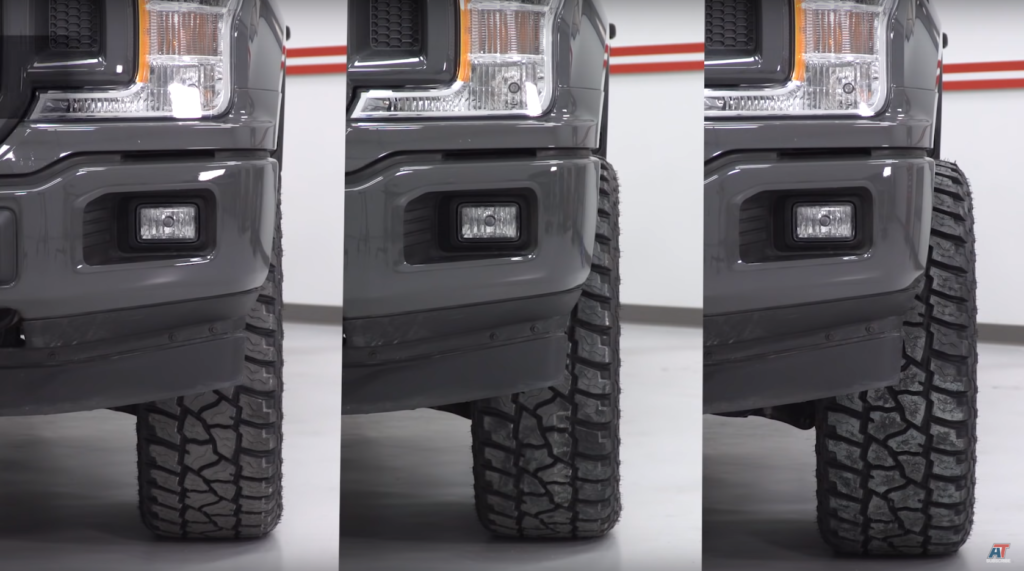 And the acceleration will not get better and will only get worse - all because of the same rolling friction force. Well, in corners ... the car will behave as if the driver is very drunk :) In general, do not do this - do not deflate tires unnecessarily, and, by the way, about this need ...
And the acceleration will not get better and will only get worse - all because of the same rolling friction force. Well, in corners ... the car will behave as if the driver is very drunk :) In general, do not do this - do not deflate tires unnecessarily, and, by the way, about this need ...
Increasing the contact patch by flattening the tires can really help if you need to go through some loose, quick spots. Due to the larger contact area with the surface, the pressure of the tires on the surface will decrease, which means the risk of sinking or bogging down.
Conversely, the narrow tires of a motorcycle do not make it slower than the car, and moreover, it is noticeably faster than it. It is faster for other reasons, but the significantly smaller tire width definitely does not have a negative effect.
And another idea - let's increase the width of the tire by 10 times and thereby increase the grip by 10 times, and once and for all we will solve all the problems of winter driving, and on asphalt the car will stop dead in its tracks! And everyone will always have enough braking distance! What, you don't like this idea? That's right, if everything were so simple, it would have been done a long time ago .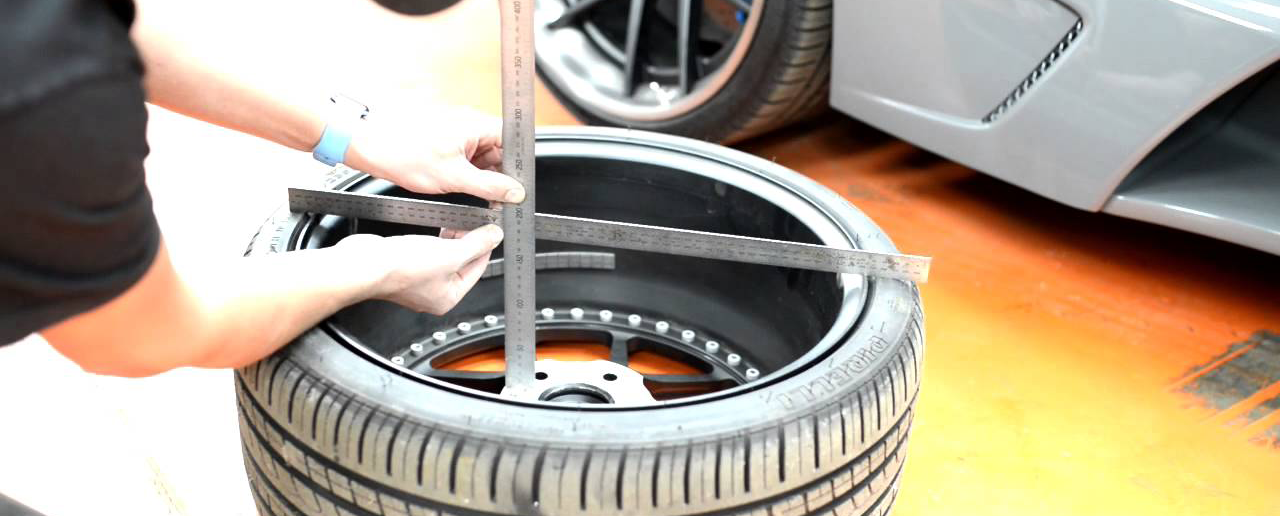 ..
..
As a result:
increase in the area of the contact patch => increase in the number of tire elements involved in engagement, and at the same time reduce tire pressure on the road => both effects compensate each other equally => the grip of the tire with the road does not change
Moreover, by increasing the width of the tire, at least 10 times, we will not increase the area of the contact patch, but only change its shape. Before you throw rotten tomatoes at me after this phrase, I'll try to have time to prove it :)))
Recall that pressure is a force (in our case, gravity, clamping force) per unit area. This is what formula (2) tells us, I will duplicate it:
p = n/s = mg/s (2)
where M is the body weight (tires and parts of the machine attached to this tire), and S is the area of contact of the bodies, that is, in our case, the area of the spot contact.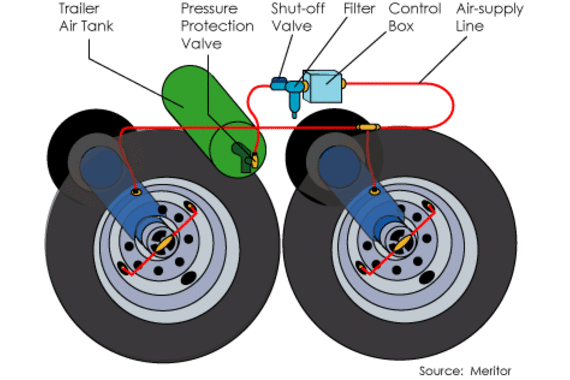
Hence the area of the contact spot is
S = mg/p (6)
that is The area of the contact patch of the tire with the road is the greater, the greater the weight of the car falling on this tire, and the worse it is inflated. And, of course, the stiffness of the sidewalls of the tire also affects the area. The stiffer the sidewalls, the less the tire deforms and the less the tire deforms when the air pressure in the tire is reduced . A good example is modern tires with reinforced sidewalls Run Flat, which, even when completely deflated, can take the car to its destination without much sagging. The area of the contact patch at the same pressure and the same load does not depend on the width of the tire (as a first approximation).
Great! Where is the tire width? Very simple, and here again the principle of "bash on bash" works.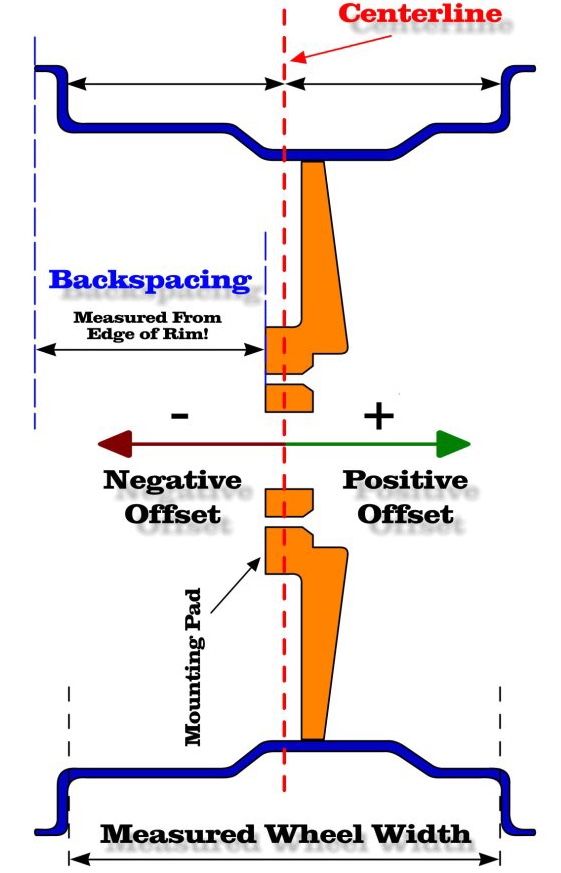 The contact patch is a consequence of the deformation of the tire, which, in turn, occurs due to the force applied from above, that is, the gravity of the tire itself and the car. The wider the tire, the wider the contact patch, which, it would seem, should increase the patch area. On the other hand, the wider the tire, the less pressure it exerts on the road and the less it deforms. As a result, with an increase in the width of the tire profile, we have the same area of the contact patch, but more elongated in width and narrower shape .
The contact patch is a consequence of the deformation of the tire, which, in turn, occurs due to the force applied from above, that is, the gravity of the tire itself and the car. The wider the tire, the wider the contact patch, which, it would seem, should increase the patch area. On the other hand, the wider the tire, the less pressure it exerts on the road and the less it deforms. As a result, with an increase in the width of the tire profile, we have the same area of the contact patch, but more elongated in width and narrower shape .
In one of the serious scientific papers that caught my eye lately (Car tires, wheels and rims, Evzovich V.E., Raibman P.G.), the authors presented the result of an experiment with three tires, two of which were of the same model, but different width diameters:
205/55 R16 with an imprint area of 173*143 mm = 247.39 cm2
225/45 R17 with an imprint area of 185*134 mm = 247.90 cm2
As you can see, a wider tire has a more elongated and narrower patch than a narrower tire. At the same time, in square centimeters, the area of the contact spot is almost the same.
At the same time, in square centimeters, the area of the contact spot is almost the same.
That is, yes, at the same pressure, a wide tire has a larger contact patch in area than a narrow one. But how much? In this example, tenths of a percent, but in general - a maximum of a few percent . Theoretically, we can put on the car instead of tires with a profile width of 195 mm, tires with a profile of, say, 245 mm. But in practice, this is unacceptable according to the requirements of the car manufacturer. In any case, as I wrote above, the contact patch area does not directly affect the adhesion force, therefore, neither these fractions of a percent, nor a larger increase in area (for example, by reducing tire pressure) will make us weather.
As a result:
increase the width of the tire profile => increase the width of the contact patch and at the same time reduce the tire pressure on the road and tire deformation in the contact zone => reduce the length of the contact patch => change the shape of the contact patch, but its final does not change area (changes slightly)
And you can increase the contact patch area either by reducing the air pressure in the tire, or by increasing the load on the tire from above.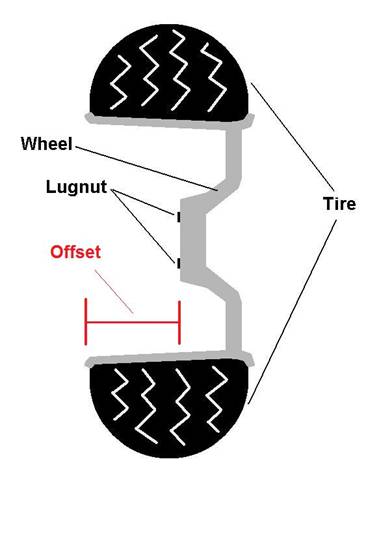
So, the width of the tire does not directly affect its grip for two reasons: has a "double protection" from the tire width :)))0018 . About all this - below.
As a result, the grip of the tire with the road depends on: body rigidity. Discussion of these points is a separate topic and is beyond the scope of this series of articles.
2) coefficient of friction (static friction). And he, in turn, depends on a lot of things, but not on the area of the contact patch! :) Here are the parameters that affect the value of the coefficient of adhesion of the tire to the road, known to me from the university physics course, special literature and from the driver's and instructor's experience:
I will write about all this in detail in the following articles. In addition, we discuss all these issues in detail in the safe driving course "MBA for Driver: Mastery of Driving a Car". Specifically, in the next article - about the influence of the road surface, type of tire tread, tread pattern and degree of wear on the coefficient of adhesion, as well as the dependence of the coefficient of adhesion on tire temperature.
In addition, we discuss all these issues in detail in the safe driving course "MBA for Driver: Mastery of Driving a Car". Specifically, in the next article - about the influence of the road surface, type of tire tread, tread pattern and degree of wear on the coefficient of adhesion, as well as the dependence of the coefficient of adhesion on tire temperature.
To be continued…
In Russian RunFlat translates as "flat driving" or driving on a flat tire. Tire manufacturers use different designations for run flat technology (example: Goodyear RunOnFlat (EMT), Bridgestone RFT, Michelin ZP, Continental SSR, Pirelli Run Flat, Dunlop RunOnFlat (DSST), Nokian Flat Run, Hankook HRS, Yokohama ZPS)
Run Flat technology is based on the concept of reinforced tire sidewalls. When a conventional tire deflates, it simply sags under the weight of the car, the beads move away from the rim and the sidewalls flatten onto the road.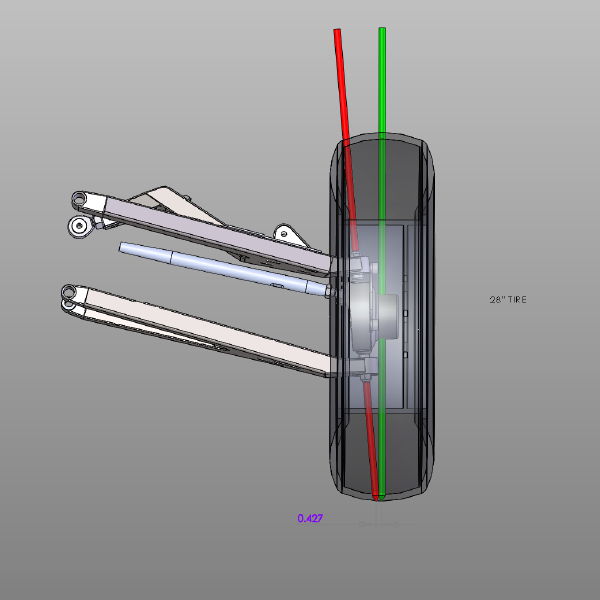 The weight completely destroys the tire in a few kilometers. The reinforced sidewalls of the Run Flat tires keep the tire on the rim and successfully support the car's weight after a puncture and complete loss of pressure. At the same time, all dynamic vehicle security systems such as ABS, DSC, CBC, etc. remain active.
The weight completely destroys the tire in a few kilometers. The reinforced sidewalls of the Run Flat tires keep the tire on the rim and successfully support the car's weight after a puncture and complete loss of pressure. At the same time, all dynamic vehicle security systems such as ABS, DSC, CBC, etc. remain active.
Maximum run-flat distance depends on tire manufacturer's recommendation, road conditions and vehicle load (average 80 km) Maximum vehicle speed 80 km/h.
Run flat tires are marked RSC . This abbreviation means RunFlat System Component - a single designation for all RunFlat tires installed on BMW, MINI and ROLLS-ROYCE vehicles. There is also a marking MOE - Mercedes Original Extended, a designation for all RunFlat tires installed on MERCEDES-BENZ vehicles, and AOE - Audi Original Extended, designation for all RunFlat tires installed on AUDI vehicles.
Tire operating conditions include the following:
Without a tire pressure monitoring system installed, the operation of RunFlat tires becomes extremely dangerous, as the driver may not feel the loss of pressure in the tire and continue to move without speed limits, making sharp turns and maneuvers.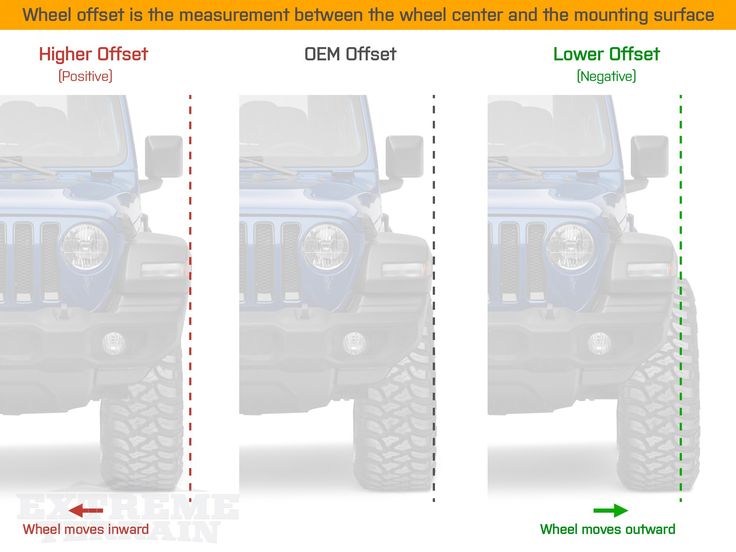
All tire manufacturers with run flat technology accept them on standard rims. In addition, all tire manufacturers with run flat technology allow you to change tires every season without any negative consequences for the tires or rims themselves.
Let's sum up the advantages and disadvantages of tires with RunFlat technology.
We remind you that all RLD centers provide a service for the repair of side damage to tires, including tires with RUNFLAT technology. The tire repair method we use is based on the complete restoration of the cord, followed by vulcanization of the damaged area without the use of traditional patches.